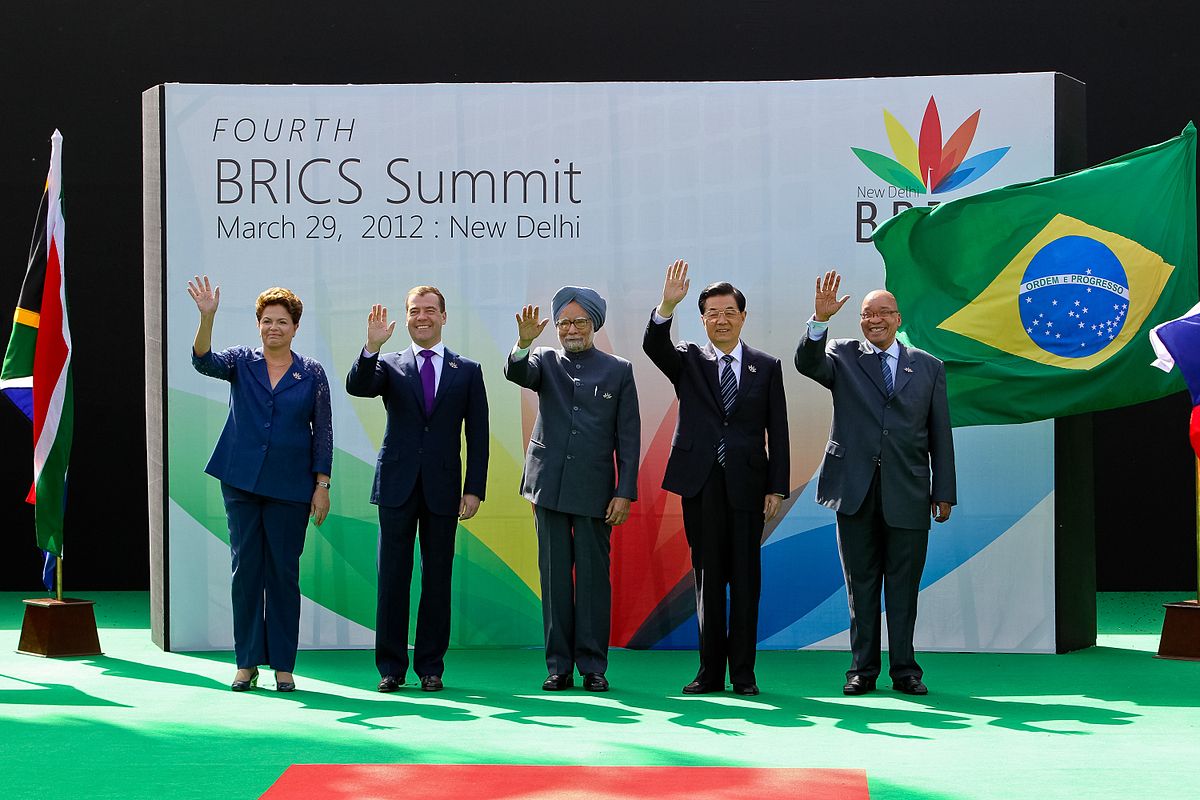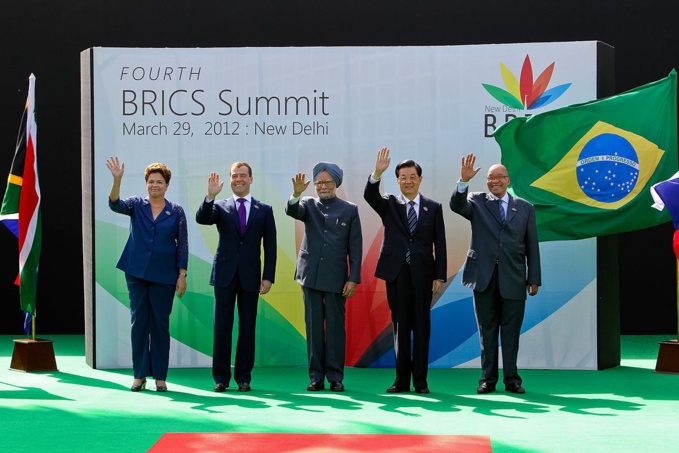The term BRIC (originally without South Africa) was proposed in 2001 by Jim O`Neill, Head of Goldman Sachs asset management division. In his opinion, large countries with developing economies were united by favorable prospects for GDP growth and strengthening roles in the global economy and politics. The concept was accepted favorably the four countries themselves: their leaders began to hold formal meetings, culminating in the first summit of the BRIC heads of government in 2009 in the Russian city of Yekaterinburg.
The general dynamics of the group's economies indeed met the expectations of analysts: by 2018, they accounted for 32.7% of world GDP (at purchasing power parity) versus 18.7% in 2000. However, behind these figures lies the growth of China and India, which is much ahead of forecasts, against the background of weak indicators of the three remaining countries, which are below the world average, according to S&P. Thus, the Brazilian economy grew at a rate higher than the world average only until the end of the zero years, and the Russian Federation and South Africa - only in 2000-2005.
From the point of view of credit ratings, China and the Russian Federation showed the best dynamics, having risen four positions (from BBB to A + and from B + to BBB–, respectively). India during the existence of the BRICS raised the rating by two points (from BB to BBB–), Brazil remained at the level of BB–, and South Africa went down the rating scale from BBB– to BB. In general, the diverging long-term economic trajectories of the BRICS countries weaken the analytical significance of identifying them as a single group, the agency concludes.
source: standardandpoors.com
The general dynamics of the group's economies indeed met the expectations of analysts: by 2018, they accounted for 32.7% of world GDP (at purchasing power parity) versus 18.7% in 2000. However, behind these figures lies the growth of China and India, which is much ahead of forecasts, against the background of weak indicators of the three remaining countries, which are below the world average, according to S&P. Thus, the Brazilian economy grew at a rate higher than the world average only until the end of the zero years, and the Russian Federation and South Africa - only in 2000-2005.
From the point of view of credit ratings, China and the Russian Federation showed the best dynamics, having risen four positions (from BBB to A + and from B + to BBB–, respectively). India during the existence of the BRICS raised the rating by two points (from BB to BBB–), Brazil remained at the level of BB–, and South Africa went down the rating scale from BBB– to BB. In general, the diverging long-term economic trajectories of the BRICS countries weaken the analytical significance of identifying them as a single group, the agency concludes.
source: standardandpoors.com



















